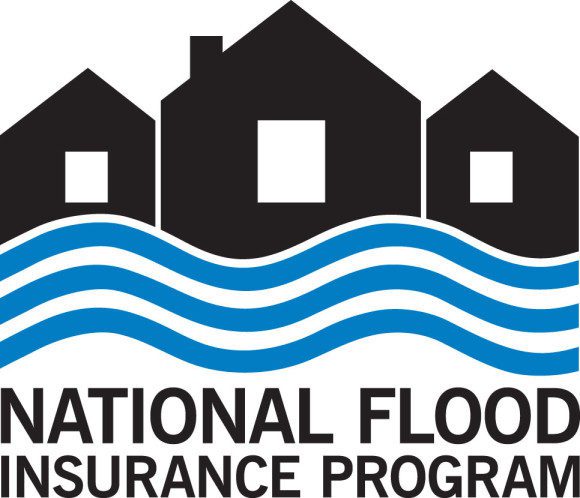FEMA reports 25,000 NFIP claims already received for hurricane Ian

The US Federal Emergency Management Agency (FEMA) has reported that its National Flood Insurance Program (NFIP) has already received more than 25,000 claims from hurricane Ian.
FEMA’s NFIP has now begun issuing advance payments to some claimants, in an attempt to get cash into the hands of those impacted by the disaster.
But for us and for those interested in the NFIP reinsurance tower and FloodSmart Re catastrophe bonds, it is the claims count that is most interesting.
FEMA said that as of October 4th, more than 25,000 NFIP claims from hurricane Ian damage have been received.
“The NFIP is committed to processing claims quickly and fairly,” said David Maurstad, Deputy Associate Administrator for Resilience and senior executive of the National Flood Insurance Program. “We remain in close coordination with our Write Your Own insurance companies, the NFIP Direct and the state insurance commissioners’ offices to ensure that policyholders are paid every dollar owed for covered flood loss.”
It’s important to note that the NFIP’s private reinsurance tower attaches at $4 billion of losses to the insurer, so that would begin to payout in advance of any of the Programs catastrophe bonds.
The lowest down, in the reinsurance tower, of the FloodSmart Re cat bonds, would attach at somewhere around $5.3 billion of losses to the NFIP from a named storm event, such as hurricane Ian, the latest layer chart for the NFIP suggests.
So, at this stage it seems we’re still a long way from any impact to the reinsurance and FloodSmart Re cat bonds, but claims are going to continue to be filed for weeks, so the risk remains heightened to the reinsurance and cat bonds.
It’s interesting to look at the average claims cost from previous major named storms, that the NFIP has paid.
Hurricane Irma in 2017 had an average claims cost of close to $50,000 for the NFIP, but other hurricane have been far higher.
Hurricane Katrina saw an average NFIP paid loss of almost $96,000, while hurricane Harvey was even higher at over $117,000.
So, if we were to take an average from across major NFIP loss events since 2015, we’d get a figure of close to $78,500.
25,000 NFIP claims at an average cost of around that level would already be over $1.96 billion, so getting close to half-way to the attachment for the lowest layer of reinsurance.
The NFIP paid over 186,000 claims for hurricane Katrina back in 2005, over 78,000 for hurricane Harvey in 2017 and over 23,000 for Irma in 2017.
It’s impossible to know how much higher the NFIP’s claims burden will rise, or where the average claims cost will fall, but this does seem a relatively quick build-up of claims and will be expected to continue rising for some time.
As a result, the NFIP reinsurance program and possibly its lower cat bond coverage still seems at-risk at this time.
Read all of our coverage of hurricane Ian, and our analysis on the potential market losses, here.






